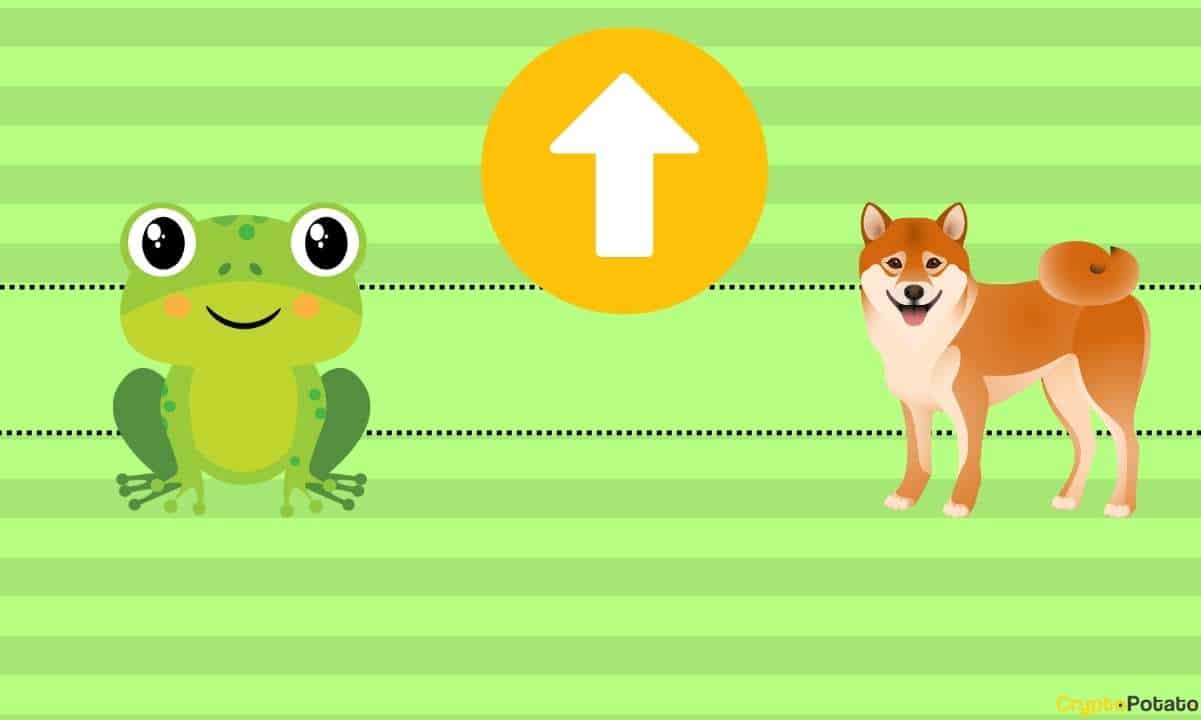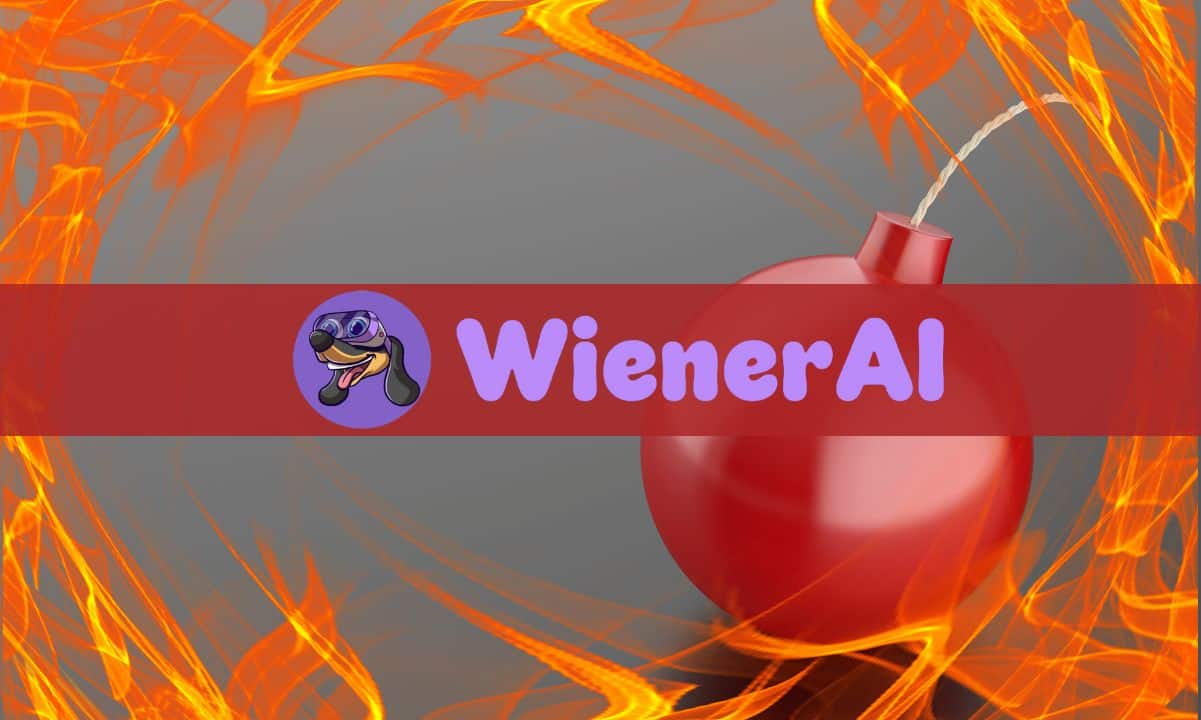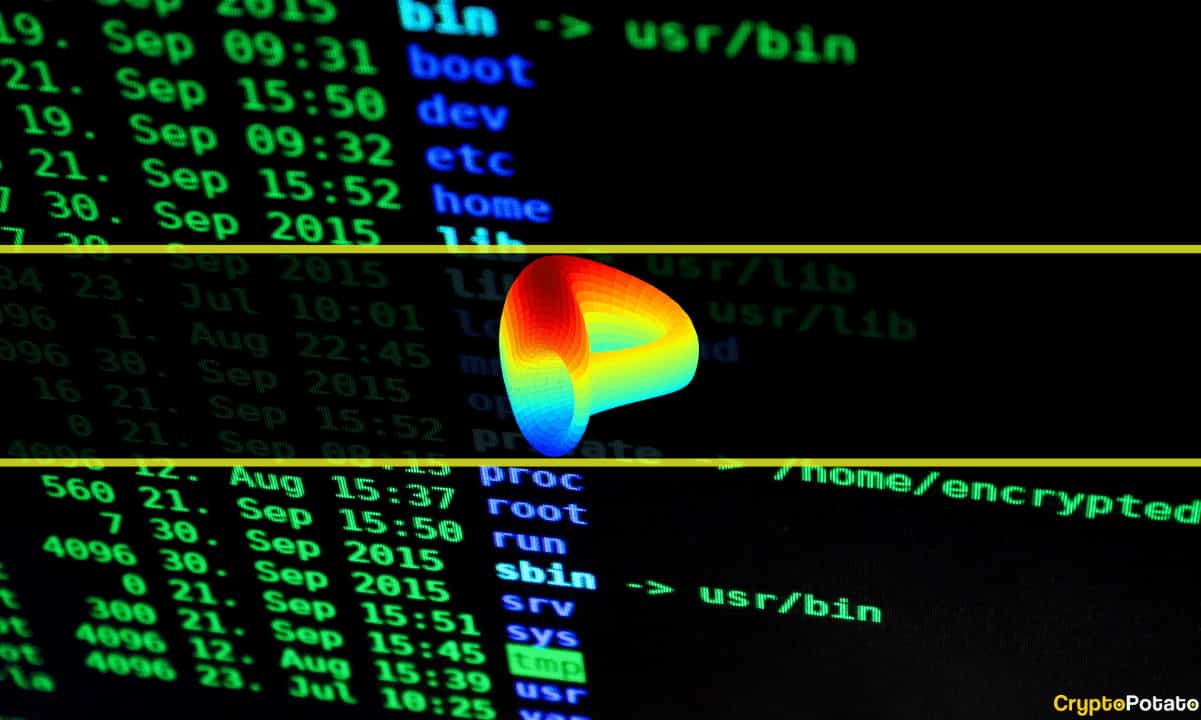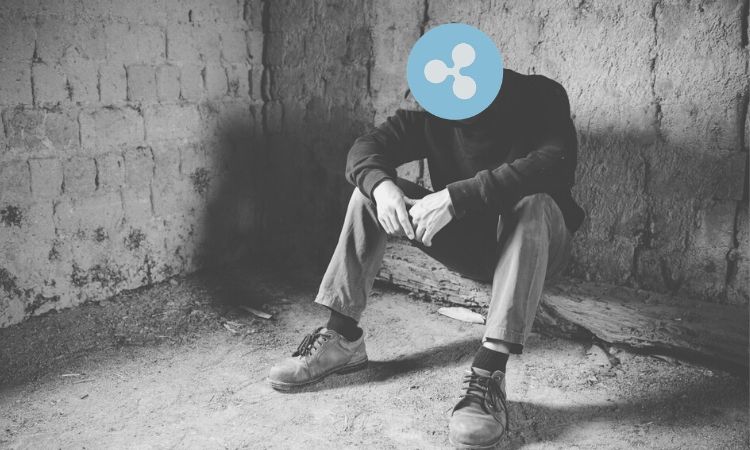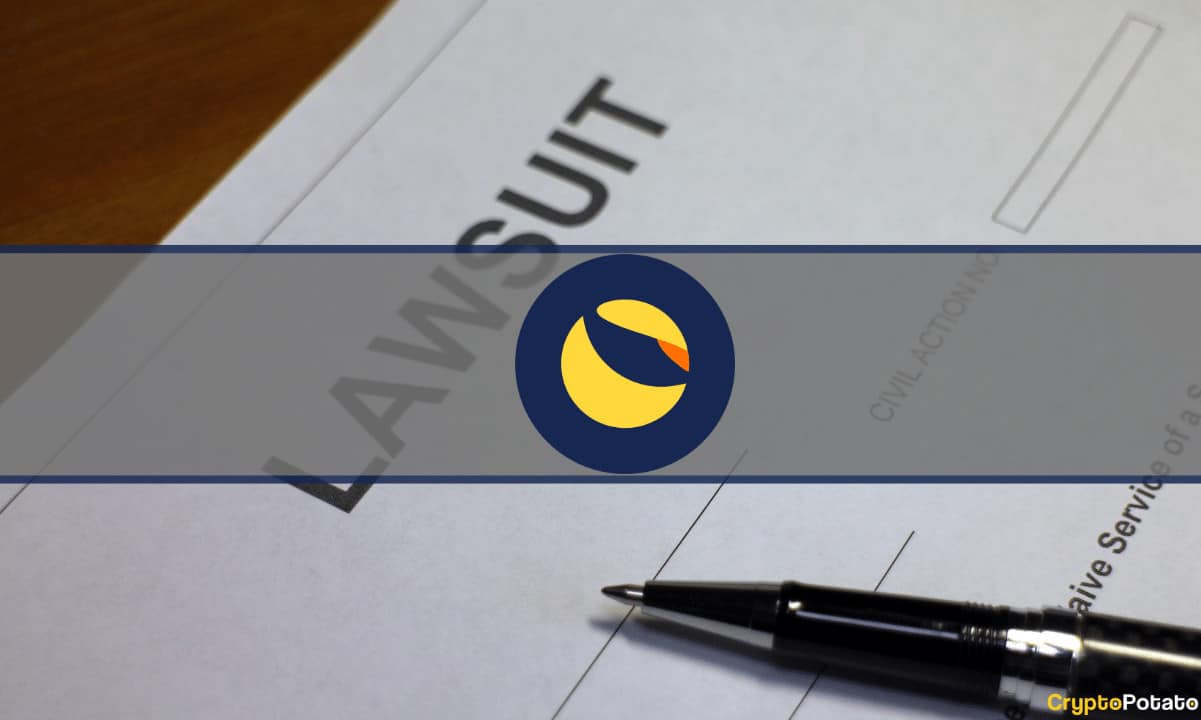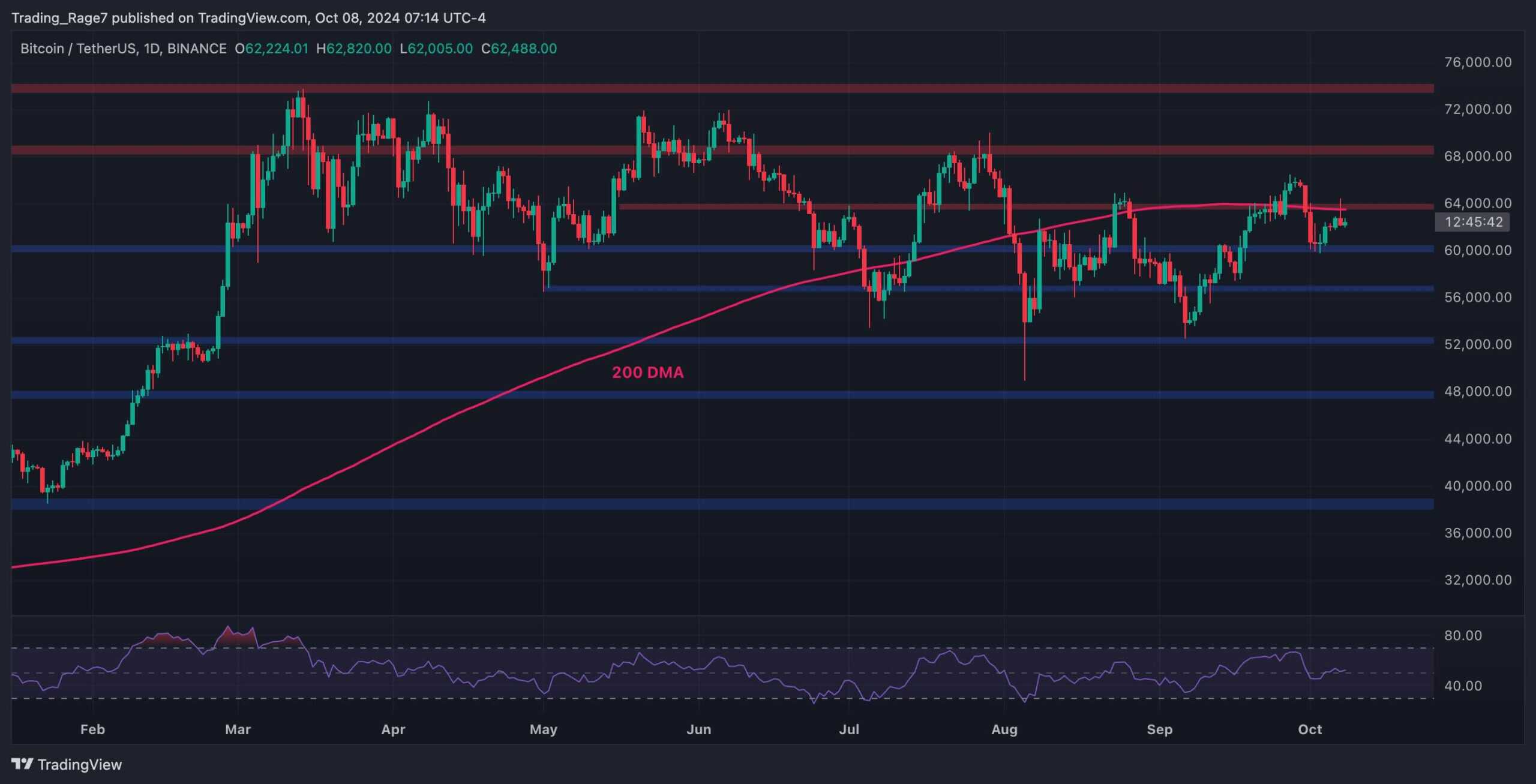100K Validators Flock to Stress Test Lighthouse Ethereum 2.0 Testnet
Sigma Prime’s Lighthouse project just unveiled an Ethereum 2.0 testnet it hopes will be capable of handling 100,000 validators. Sigma Prime is ready to stress test the Ethereum 2.0 client before it goes public. Paul Hauner, a lead developer for Lighthouse, posted a video unveiling the ETH2.0 testnet on Twitter this week. In a reply thread on the original video, Hauner says the testnet will be playing with 3.2 million “pretend ETH” (or a little under $800 million worth of simulated ether).
The new 100k validator #Lighthouse #eth2 testnet running on 12x low-spec AWS instances (2-core, 4gb).
It’s running the state transition code from spec v0.10.1, the latest multi-client interop spec. ?
It’ll go through stress testing before it goes public. Watch this space! ? pic.twitter.com/8naiCGgsyE
— Paul Hauner (@paulhauner) February 10, 2020
It’s another step forward for Ethereum 2.0, a complete overhaul of the planet’s second-largest cryptocurrency by market cap. The new Ethereum will solve critical problems inherent in the current implementation.
Mainly scalability issues it will have to overcome before reaching mass adoption, and the “difficulty bomb.” While transitioning from proof-of-work (PoW) to proof-of-stake (PoS) for qualifying nodes to validate transactions aims to solve both problems, database “sharding” of the ETH2.0 PoW blockchain will address scalability.
Lighthouse Innovating Ethereum 2.0
But there’s a long road ahead for the complex and carefully choreographed transition. Lighthouse is one client program for implementing the Ethereum 2.0 specification. It’s written in Rust, a programming language and syntactical cousin of C++, with an emphasis on computer memory safety and concurrency.
Other clients include Nimbus and Prysmatic. They’re competitors in a way, but also collaborators that need each other for the success of Ethereum. And they seem to get along well. Six months after Prysmatic’s testnet went live last year, Ethereum’s price had gained 50%.
Sharding to Scale Ethereum 2.0
Sharding is a database scaling solution. There are two reasons for which a database might need scaling. Too much load and too much data. In these cases, the database can be sharded.
Sharding is a layer-one scalability solution. It describes a condition of the blockchain where the network is split into smaller partitions. These are called shards, and they contain independent transaction history. Once this is done, individual nodes won’t have to process all of the transactions but those for certain shards. This way, no single node will have to do all the work.
Sharding is especially well-suited for use on blockchains, which function on a distributed network of many nodes. However, there are challenges, as well. For instance, the queries are going to get a lot more complicated. This is why extensive stress testing is needed.
What Happens to Ethereum 1.0?
In case you’re wondering what will happen to the current Ethereum blockchain after Ethereum 2.0 takes over, cybersecurity expert and cryptocurrency advocate Andreas Antonopoulos says:
“Of course there is a possibility that [the Ethereum 1.0] chain will continue to be mined. There are some issues there. Because there is a difficulty ‘bomb.’ And things like that may need to be diffused. But also there’s always the possibility that there will be people who object to the transition to Ethereum 2.0, and decide to fork the code and continue Ethereum 1.0 in some fashion. Just like Ethereum Classic happened…”
The post 100K Validators Flock to Stress Test Lighthouse Ethereum 2.0 Testnet appeared first on CryptoPotato.

